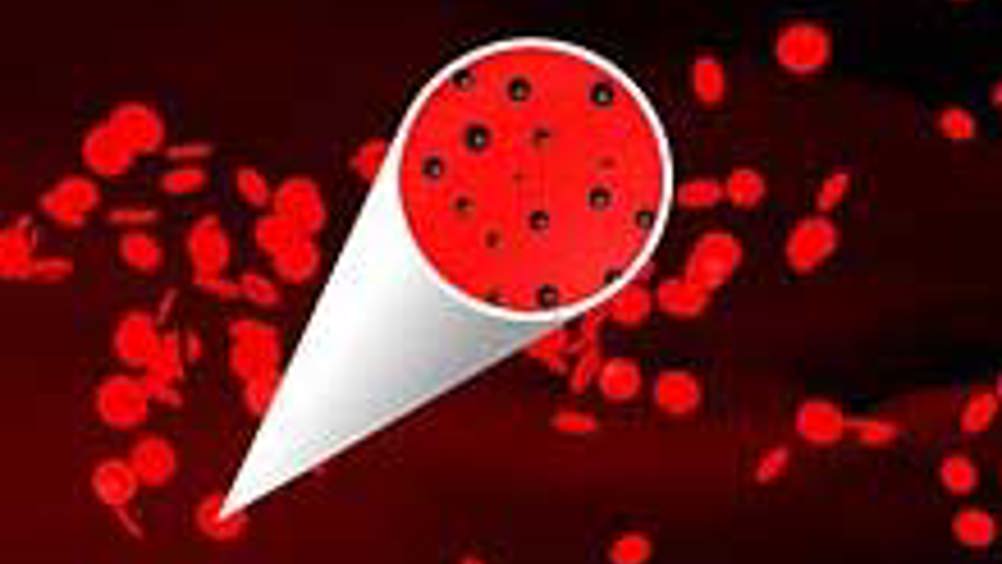Nanoparticles in the blood
Researchers have developed a way to encapsulate magnetic nanoparticles inside blood cells, resulting in a more effective contrast agent for medical imaging.

Researchers at the University of Urbino have developed a way to encapsulate magnetic nanoparticles inside blood cells, resulting in a more effective contrast agent for medical imaging.
Contrast agents are compounds that are used to increase the visibility of internal organs, blood vessels or tissue in the images generated by medical scanners. By doing so, they can help radiologists determine the presence and extent of a given disease.
At the present time, magnetic nanoparticle contrast agents are quickly excreted from the blood via the patient’s liver, limiting their application.
But since the new magnetic nanoparticles developed at the University of Urbin are captured inside the patient’s own red blood cells, they remain protected from the body’s excretion mechanisms for as long as 120 days, the typical lifetime of healthy red blood cells.
A key feature of the University of Urbino’s technology is that it could allow the preparation of relatively large volumes of blood loaded with the contrasting agent.
Register now to continue reading
Thanks for visiting The Engineer. You’ve now reached your monthly limit of news stories. Register for free to unlock unlimited access to all of our news coverage, as well as premium content including opinion, in-depth features and special reports.
Benefits of registering
-
In-depth insights and coverage of key emerging trends
-
Unrestricted access to special reports throughout the year
-
Daily technology news delivered straight to your inbox










Water Sector Talent Exodus Could Cripple The Sector
Maybe if things are essential for the running of a country and we want to pay a fair price we should be running these utilities on a not for profit...